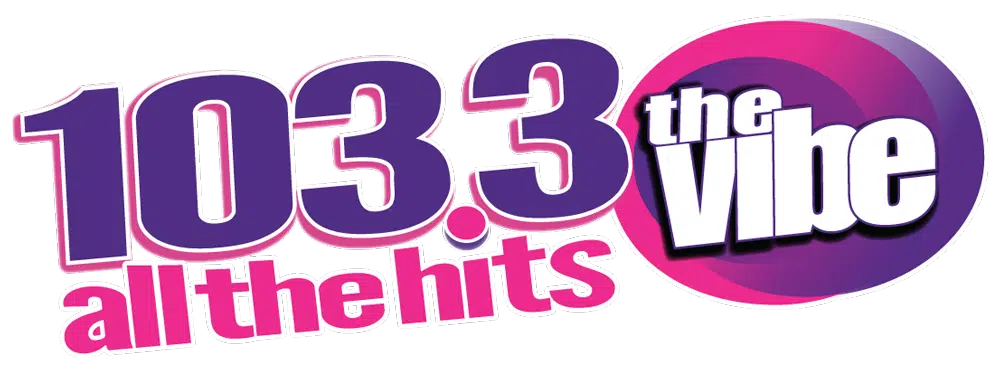Juice Flair // Shutterstock Advanced Placement, a program of college-level courses run by the College Board, has left an indelible mark on U.S. high school curriculum, with more than one-third of the class of 2022 having taken at least one AP exam. Less than a century since the program’s inception, AP has made its way into more than 70% of public schools and expanded its available classes to nearly 40, ranging from art history to statistics to precalculus. AP classes may also help high school students better prepare for college-level coursework. A report published in 2011 established a strong connection between students’ AP participation and the choice to major in a related field, citing the correlation between AP computer science students and those seeking a bachelor’s degree in the same subject. An earlier 2006 study from the National Center for Educational Accountability found that after accounting for differences in socioeconomic background, prior academic achievement, gender, and other variables, students who scored a 3 or higher on at least one AP exam had higher five-year graduation rates than students with no AP participation. This positive correlation was echoed in a 2013 College Board study on AP exams and college graduation rates, finding that students who took at least one AP class were more likely to graduate with a college degree in four years than their peers who didn’t. Study.com compiled a timeline detailing how AP courses have expanded their reach and impact on the high school curriculum, using various academic and historical sources. 1950s: Birth of AP classes JHU Sheridan Libraries/Gado // Getty Images The end of World War II ushered in the Cold War era, marked by competition between the United States and the Soviet Union in scientific, military, and geopolitical advancements. Out of concern that its high school students would fall behind their Soviet peers, the U.S. explored ways to prevent such a scenario and the geopolitical disadvantage it feared would result. To that end, in 1951, the Ford Foundation created the Fund for the Advancement of Education to respond to the need for a better-educated populace. Two studies by the FAE discovered that college students often repeated material they had already covered in high school. The research revealed a need for improved coordination between secondary and higher education. The Committee on Admission then recruited higher education professionals from every field to develop high school assessments and course descriptions that would satisfy colleges’ requirements for academic rigor in granting college credits at the high school level. 1952-1954: Pilot program and first AP exams taken Steven Gottlieb // Getty Images In 1952, the FAE launched a pilot program of advanced courses in 11 disciplines tailored for high-achieving students. A report announcing the plan touted it as offering “an opportunity and a challenge to … the strongest and most ambitious boys and girls.” Two years after its launch, 18 schools participated in the program. In the spring of 1954, around 530 students took the first AP exams and paid a $10 fee per exam, equivalent to just over $110 in 2023. The possible scores of the exams ranged from 1 to 5 and determined college credits for students. 1955: The College Board takes over H. Armstrong Roberts/ClassicStock // Getty Images The number of participating schools surpassed 100 the year the College Board assumed leadership of the program. Additionally, the number of students taking at least one AP exam more than doubled from the previous spring–and would increase more than eightfold by the end of the decade. However, this improved reach did not immediately change the nature of AP courses, which remained a program devoted to gifted children. As David Dudley, the second director of AP, stated in 1958, “The basic philosophy of the Advanced Placement Program is simply that all students are not created equal.” Thus, only affluent, predominantly white high schools offered AP courses. 1960s: AP exams and college admissions H. Armstrong Roberts/ClassicStock // Getty Images The late 1950s saw an increase in highly selective colleges receiving applications for fixed enrollment. In this environment of growing competitiveness for admissions, AP exams started gaining momentum as a prestigious tool that allowed certain applicants to stand out. In 1961, nearly half of the incoming class of Harvard had participated in the AP curriculum, and around 1 in 10 admitted reportedly had enough AP credits to enter the university as sophomores. Taking AP classes was regarded as the second-best thing to attending a prep school in terms of its effect on potential college admissions. Late 1960s-1980s: Concerns over inequity H. Armstrong Roberts/ClassicStock // Getty Images The growing prestige of the AP program did not immediately translate into increased coverage. In 1969, only 14% of high schools had students taking AP exams, with most having fewer than 10 participating. The program became a target of criticism for exacerbating both the racial divide and socioeconomic disparities in education. Detractors argued that the rising rigor of the classes made them inaccessible to “regular” students and those requiring more academic support, who were by then facing an ever-narrowing set of college choices. By 1980, more than 5,000 high schools nationwide installed AP courses. However, newly established high schools were utilizing the program primarily to gain credibility in the eyes of parents rather than improve the educational outcomes of underserved students. Moreover, as late as the mid-’80s, AP implementation was much more likely to occur at larger schools that were generally more well-funded and bore student bodies with as much as 85% white student enrollment. 1999: ACLU files racial inequity lawsuit in California
How the AP program expanded to 7 in 10 high schools in the US














